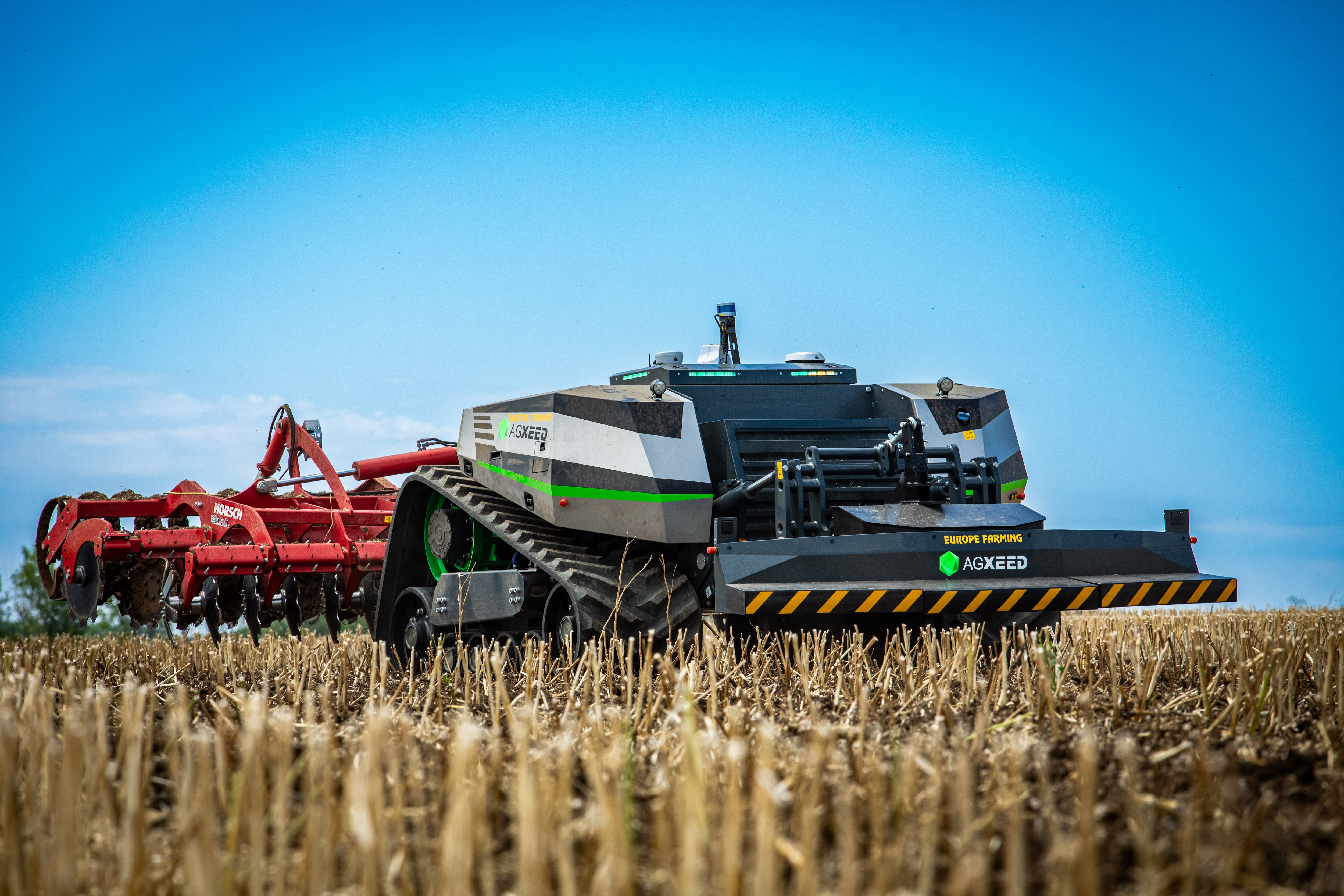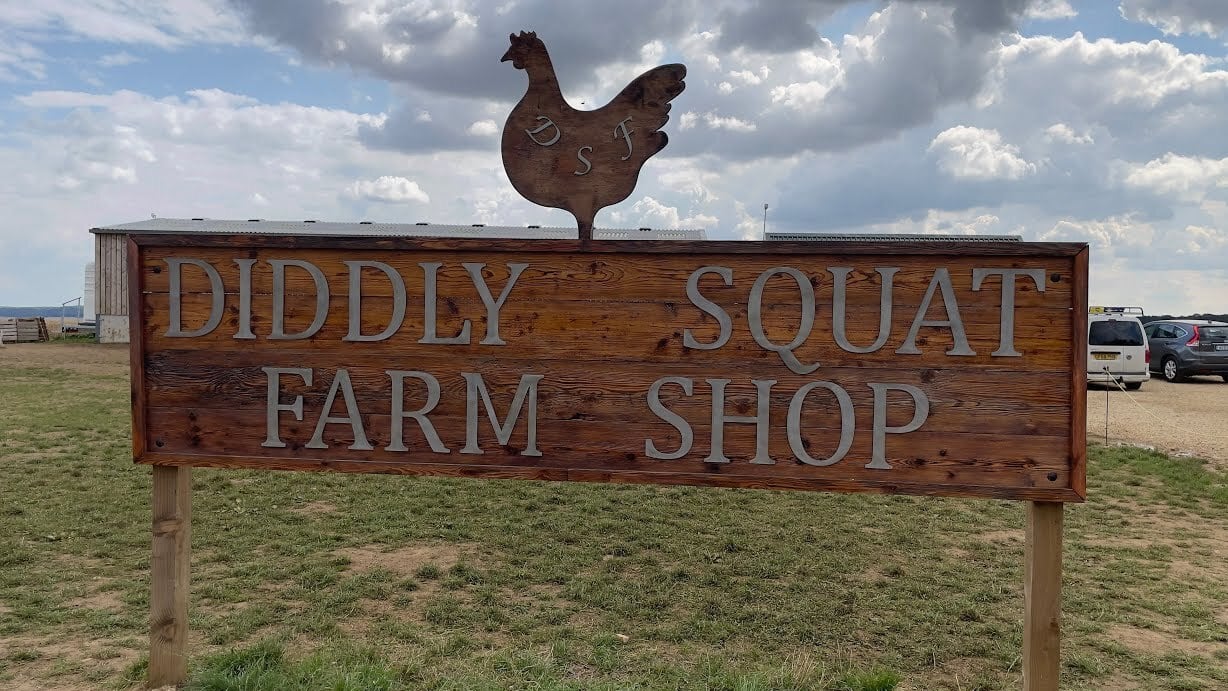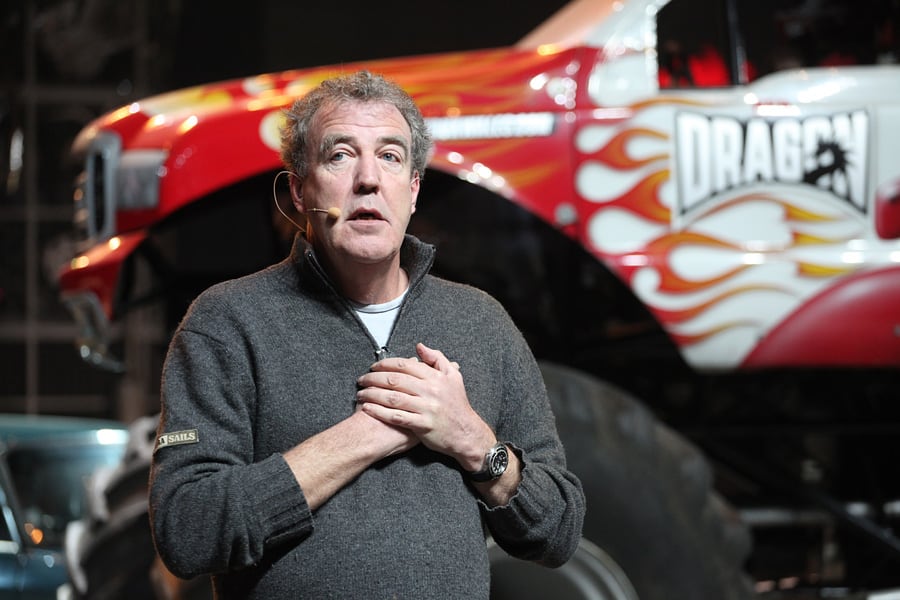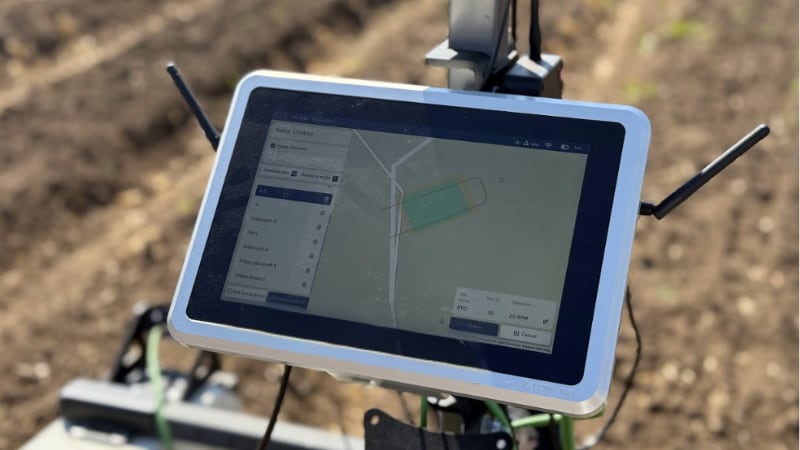Writing in his weekly column in the Sunday Times, Clarkson said that despite years of practice he still makes errors with traditional tractors – missing spots, making poor turns, and sometimes planting with an empty hopper. The AgBot, with its ability to position itself within 2.5cm of its target, eliminates such mistakes and operates more accurately than a human.
“An autonomous tractor would not make mistakes like this, and it would not get bored,” he wrote. “It doesn’t need to stop for a wee and it does not need to sleep. It just goes up and down and then up and down again. For ever.”
He emphasised the time-saving benefits of autonomy. The AgBot can work unsupervised, freeing him to do other things while the machine handles repetitive fieldwork.
Some believe these machines remove the “romance” from farming, he added. Be he sees the AgBot as a major step forward in farm efficiency and precision, even if it means letting go of some traditional aspects of farming.

Will Clarkson’s support increase sales of autonomous tractors?
AgXeed’s head of sales Peter Robinson says it is too early to know the impact of Clarkson’s endorsement. “It’s exposure, but time will tell. He’s made and broken brands in the past,” he told AgTechNavigator. “Until we can see how the machine is portrayed on camera [on the next Clarkson’s Farm series], it’s hard to say.”
AgXeed makes three models of different sizes and applications. All are designed for unsupervised, 24/7 operation and integrate with AgXeed’s cloud-based data portal for planning, monitoring, and optimisation. They are available in over 20 countries, supported by a network of 26 dealers.
“We have 120 machines around the world in total and there are just eight in the UK,” Robinson said. “Production is capped at two machines per week right now.”
The benefits to farmers are numerous, he said. “There are father and son farms in the UK who can’t get the staff they need to work 80 hours a week. There are vegetable farms who can’t get migrant staff to drive tractors accurately enough. There are all sorts of challenges as to why farmers would use one, not just the labour savings.”
The main challenge for the company is farmers balking at the machine’s hefty retail price of £310,000 (€363,000/$425,000), he revealed. “There’s no money in farming currently – that’s what’s holding things up at the moment.”

Try before you buy
The company allows farmers to rent the machines for nine months before purchasing one outright. “That’s one concept to get people to taste autonomy and understand the benefits,” said Robinson. “Ultimately that doesn’t get round the cost of the machine, which is twice the price of a conventional tractor.”
Government subsidy schemes like the Improving Farm Productivity grant in the UK can certainly help the sector grow, he said. “We are delivering another three machines in the next eight weeks to customers in the UK thanks to the scheme.”
The company is also in conversation with specialist finance providers like Oxbury to help farmers get access to tailored financial solutions.
Long-term benefits
There are also long-term benefits to vehicle ownership, Robinson stressed. “Busy farms expect to change their tractors every three to five years. Our warranty is up to 8,000 hours and the design life is 20,000 hours. In theory we’re looking at a 30-year life.”
Clarkson is leasing his machine rather than buying it. He is “genuinely excited to see if the investment pays off”, he wrote.





